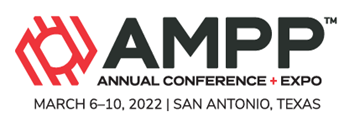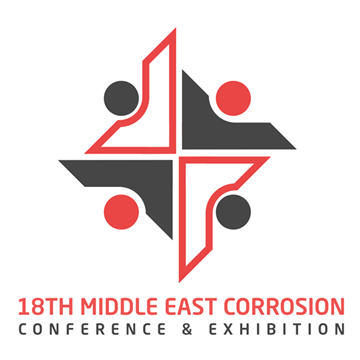Search
Individual Conference Papers
View as
Sort by
Display
per page
Overview of latest advances in measuring and understanding cathodic protection current permeability by organic coatings
Product Number:
51320-14685-SG
Publication Date:
2020
$20.00
Overview Of Latest Advances In Understanding The Limited Ability Of Fusion Bonded Epoxy To Stop Corrosion Within Disbondments
Product Number:
51321-16808-SG
Publication Date:
2021
$20.00
Overview Of Scale Issues And Treatment For Sour Water Strippers
Product Number:
51322-17549-SG
Publication Date:
2022
$20.00
Oxidation and Hydrogen Embrittlement Behavior of Several Additively Manufactured Ni-Based Superalloys
Product Number:
51324-21117-SG
Publication Date:
2024
$40.00
Oxidation Assessment and Impact of Pre-oxidation on Hot Corrosion Behavior of Fe- and Ni-based Alloys
Product Number:
51324-20991-SG
Publication Date:
2024
$40.00
Oxidation Behavior of an Austenitic Stainless Steel Used in the UK Advanced Gas Cooled Reactors
Product Number:
51315-5965-SG
ISBN:
5965 2015 CP
Publication Date:
2015
$20.00
Oxidation Of Welded Materials In High Temperature Supercritical Carbon Dioxide
Product Number:
51321-16961-SG
Publication Date:
2021
$20.00
Oxidation Reactivity of Heat-Resistant Alloys Exposed in Wet Air at 900°C
Product Number:
51321-16288-SG
Publication Date:
2021
$20.00
Oxidation Resistant Behaviors of Commercial High Temperature Alloys in the Atmospheres Containing Water Vapor
Product Number:
51324-20729-SG
Publication Date:
2024
$40.00
Oxygen Consumption As Sensitive Measure Of Polymer Electrical Cable Insulation Aging
Product Number:
ED22-17274-SG
Publication Date:
2022
$20.00
Oxygen Corrosion Control for Multiphase and Gas Phase Pipelines
Product Number:
MECC23-20154-SG
Publication Date:
2023
$20.00
Paint Inspection From the Coating Manufacturer’s Perspective
Product Number:
41215-894-SG
Publication Date:
2015
$20.00












